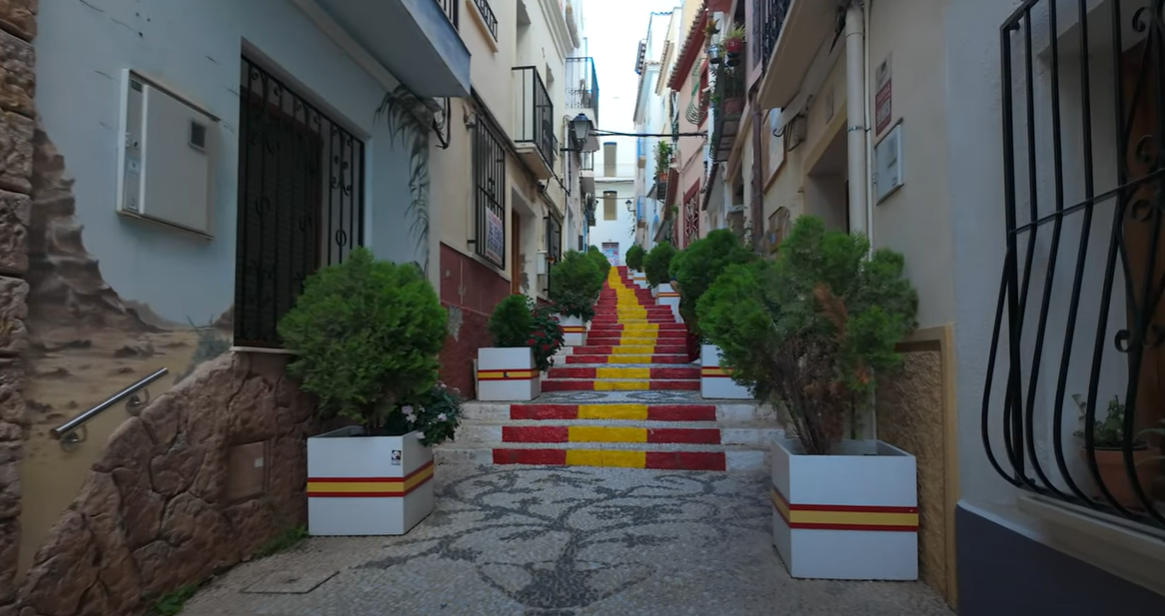Tucked away behind the bustling beachfront and gleaming skyscrapers of the Costa Blanca, Calpe Old Town Spain offers a striking contrast—a quiet, timeless enclave where traditional Spanish life continues at its own pace. Wandering through the labyrinth of narrow, whitewashed streets, adorned with flowering balconies and vibrant murals, visitors find themselves transported to a different era, one where Moorish arches, medieval walls, and community spirit define the landscape.
Whether you’re here for the day or planning a longer stay, Calpe Old Town Spain is a destination that invites exploration. This article will walk you through the Old Town’s rich history, top attractions, and the best ways to reach and enjoy this beautiful corner of the Mediterranean.
A Glimpse Into the Past: The History of Calpe Old Town
The story of Calpe begins thousands of years ago. With its strategic location between the Sierra Bernia mountains and the Mediterranean Sea, Calpe was a natural stronghold. Early inhabitants included Iberians and later the Romans, who built a fish-salting factory near the coastline—a nod to Calpe’s fishing roots.
However, the core of Calpe Old Town Spain as we know it today was largely shaped by the Moors and then the Christians following the Reconquista. Defensive walls were erected to protect against pirate attacks in the 15th and 16th centuries. Many of these medieval features remain, lovingly preserved or restored, giving the Old Town its unmistakable historic flavor.
Today, while Calpe has evolved into a modern tourist hub, the Old Town remains its cultural soul.
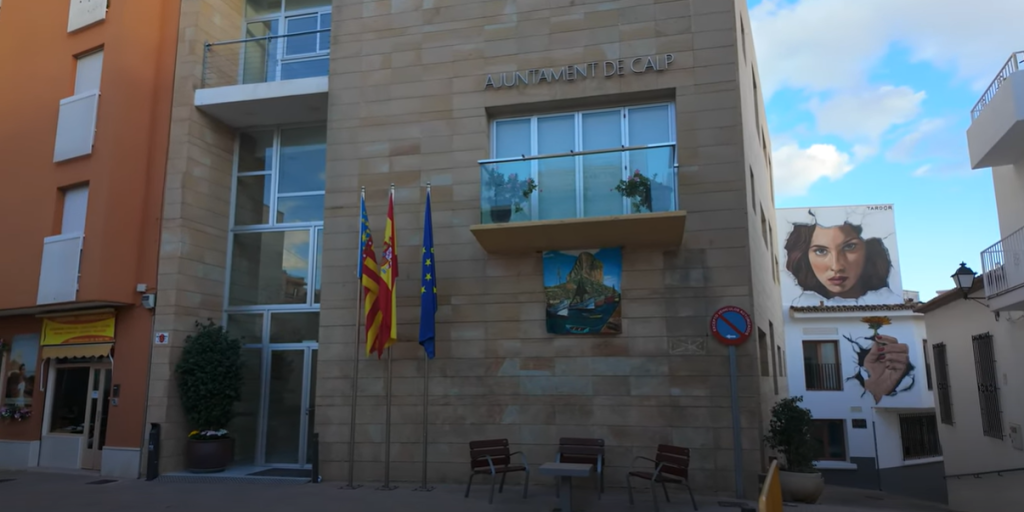
Top 3 Must-See Sights in Calpe Old Town
Calpe’s Old Town isn’t sprawling, but it’s dense with character. Here are three standout sites that deserve your attention:
1. Iglesia Antigua (Parroquia Virgen de las Nieves)
At the heart of the Old Town lies this 15th-century church, a rare Gothic-Mudejar structure in the region. It is one of the few remaining examples of this architectural style, marked by its arched entrance, buttresses, and a stunning rose window. Adjacent to it stands a more modern addition built in the 20th century, harmoniously blending the old and the new.
Step inside for a moment of serenity and to admire the stained-glass windows, which cast vibrant light onto the stone interior.
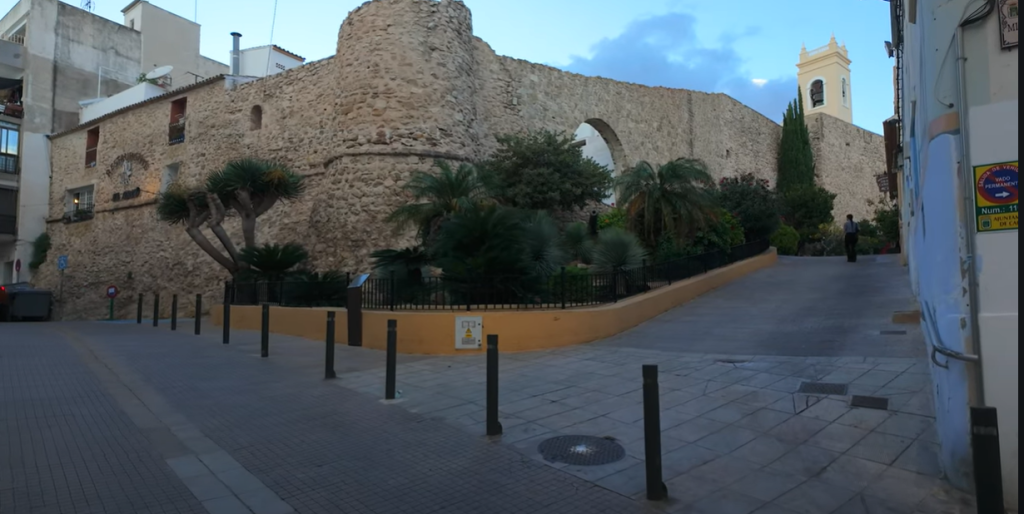
2. Torreó de la Peça
This reconstructed watchtower is part of the old medieval wall that once encircled Calpe. Located on Calle del Torreó, it now houses a small museum showcasing Calpe’s military and social history. Cannons line the area outside, offering a great photo opportunity and a visual reminder of the town’s once-precarious coastal position.
The museum inside is compact but informative, offering insight into the town’s defense systems and daily life in centuries past.

3. Museo del Coleccionismo (Museum of Collecting)
Just beside the Torreó de la Peça, this quirky museum is dedicated to private collections donated by local residents. You’ll find a charming assortment of items—from vintage radios and typewriters to stamps, coins, and toys.
It’s a delightful stop that emphasizes the community aspect of Calpe Old Town Spain, reflecting the pride locals take in their heritage.
How to Get to Calpe
Despite its tranquil old-world charm, Calpe is very accessible whether you’re coming by air, train, or road.
✈️ By Air
The closest major airport is Alicante-Elche Airport (ALC), located around 75 km (about 1 hour) from Calpe. Alicante serves numerous domestic and international flights daily, especially during the high season.
From the airport, you can rent a car, take a taxi, or catch a bus to Calpe. There’s no direct train, but bus services run several times a day and are both reliable and comfortable.
🚆 By Train
While Calpe doesn’t have a direct national train line, it is well-served by the TRAM Metropolitano de Alicante. You can take the TRAM from Alicante to Benidorm (Line 1), then change to Line 9, which takes you through the scenic coastline to Calpe. The journey offers incredible views of the sea and cliffs and is a relaxing way to travel.
The closest traditional RENFE stations are in Alicante and Valencia.
🚗 By Car
Calpe is directly accessible from the AP-7 motorway, also known as the Autopista del Mediterráneo. This toll road connects the major cities along the eastern coast of Spain and provides a quick and easy route.
For a more scenic drive, the N-332 coastal road runs parallel to the AP-7 and offers beautiful views of the Mediterranean, making it a popular option for travelers who aren’t in a rush.
Where to Stay: Accommodation in Calpe Old Town
Although most tourists head to the beachfront hotels and apartment complexes, staying in Calpe Old Town provides a unique experience. Here are your main options:
🏨 Boutique Hotels and Guesthouses
Several charming small hotels are nestled in and around the Old Town. These often operate in restored historic buildings, providing a blend of comfort and authenticity. Examples include:
- Residencial Terra de Mar – With individually themed rooms and a rooftop terrace, this boutique hotel is a favorite among couples and solo travelers.
- Casa Julia – A traditional guesthouse with cozy interiors, perfect for travelers looking to immerse themselves in the local atmosphere.
🛏️ Budget Accommodation
For budget-conscious travelers, there are hostels and family-run pensions that offer simple, clean lodging with easy access to all of the Old Town’s attractions.
🌊 Beachfront Options
If you prefer to split your time between history and the sea, Calpe’s beachfront (just a 15–20 minute walk from the Old Town) offers numerous hotels, including global chains and all-inclusive resorts. These are ideal if you’re traveling with kids or want amenities like pools, spas, and beach bars.
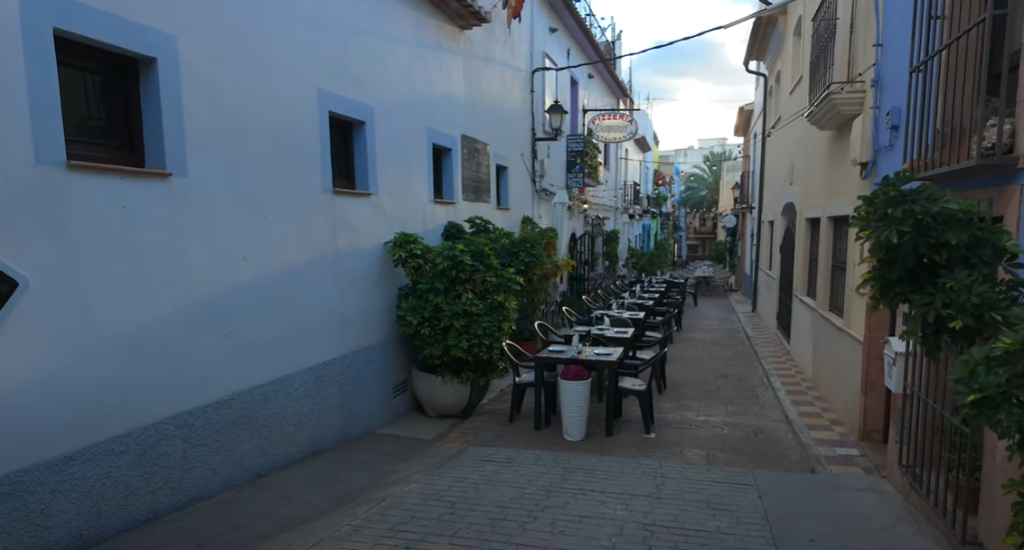
Exploring Calpe: Local Tips and Transport
Once you’re in the Old Town, everything is best explored on foot.
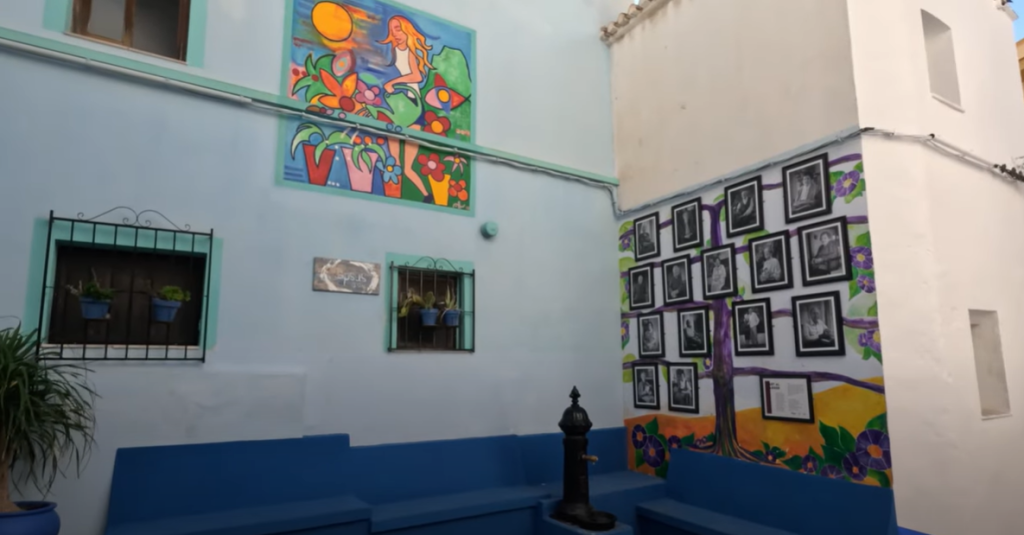
The streets are narrow and often stepped, so wear comfortable shoes. Here are some insider tips:
- Timing Matters – Visit in the early morning or late afternoon to avoid the heat and enjoy golden-hour lighting for photos.
- Art Walk – Keep an eye out for the colorful murals that decorate the walls throughout the Old Town. Local artists often refresh these, and they make for great Instagram spots.
- Dining – For authentic cuisine, try a tapas bar tucked into one of the side streets. Local favorites include patatas bravas, calamares, and pa amb tomaca.

If you need to get around town or down to the beach area, local buses and taxis are readily available. E-bikes and scooters can also be rented for those looking to explore more of Calpe without a car.
Getting Around Calpe Old Town
Calpe Old Town is compact and best explored on foot. The narrow streets and steep inclines were designed long before automobiles, making walking not just practical but essential to fully appreciate the area’s charm. Comfortable footwear is recommended, as the cobblestone streets and multiple staircases can be challenging.

For those with mobility concerns, it’s worth noting that the transition from the modern beachfront area to the elevated old town involves a significant climb. Fortunately, local taxis are readily available and can drop visitors at Plaza de la Villa, from where most old town attractions are accessible with minimal elevation changes.
A tourist train operates during the summer months, connecting the beach areas with several stops near the old town. While it doesn’t penetrate the historic center’s narrowest streets, it provides a convenient option for reaching the lower sections of the old quarter.
Bicycle rental is popular for exploring the broader Calpe area, but the steep inclines and pedestrianized zones of the old town make this less practical for that specific district.
Day Trips from Calpe
Calpe’s central position on the Costa Blanca makes it an excellent base for exploring nearby attractions. The picturesque village of Altea lies just 10 kilometers north, offering another well-preserved old town with distinctive blue-domed churches and an established arts community. Regular bus services connect the two towns, making this an easy excursion without a car.
Nature enthusiasts should visit Serra Gelada Natural Park, accessible from neighboring Albir. This coastal mountain range features dramatic cliffs, hidden coves, and walking paths with exceptional Mediterranean views. The lighthouse route provides a moderately challenging hike with spectacular vistas that include Calpe’s Peñón de Ifach in the distance.
Guadalest, located about 25 kilometers inland, presents one of the region’s most photographed scenes—a castle perched atop a pinnacle of rock. This mountain village, reachable by car or organized tour, combines natural beauty with historical interest and offers several small museums housed in traditional buildings.
For those interested in prehistory, the Cuevas del Canelobre near Busot (approximately 40 kilometers from Calpe) feature impressive stalactite and stalagmite formations in a massive underground chamber. Guided tours explain the geological processes that created these structures over millions of years.
Wine enthusiasts can explore the Jalón Valley, where numerous bodegas produce distinctive Mediterranean varieties. Many offer tastings and direct sales of wines difficult to find outside the region. The valley’s almond orchards create spectacular scenery in late January and early February when the trees bloom with white and pink flowers.
Annual Events and Festivals
To see Calpe Old Town Spain at its liveliest, time your visit with one of its many festivals:
- Fiestas Patronales (early August) – This town-wide celebration includes religious processions, fireworks, live music, and traditional dress.
- Moors and Christians Festival (October) – A colorful reenactment of historical battles, complete with parades, costumes, and dramatic flair.
- Semana Santa (Holy Week) – A quieter, more solemn affair, but rich with symbolism and community participation. You should experience Semana Santa at some point when in Spain.
During these events, the Old Town transforms into a stage of heritage and identity, with every street filled with life.
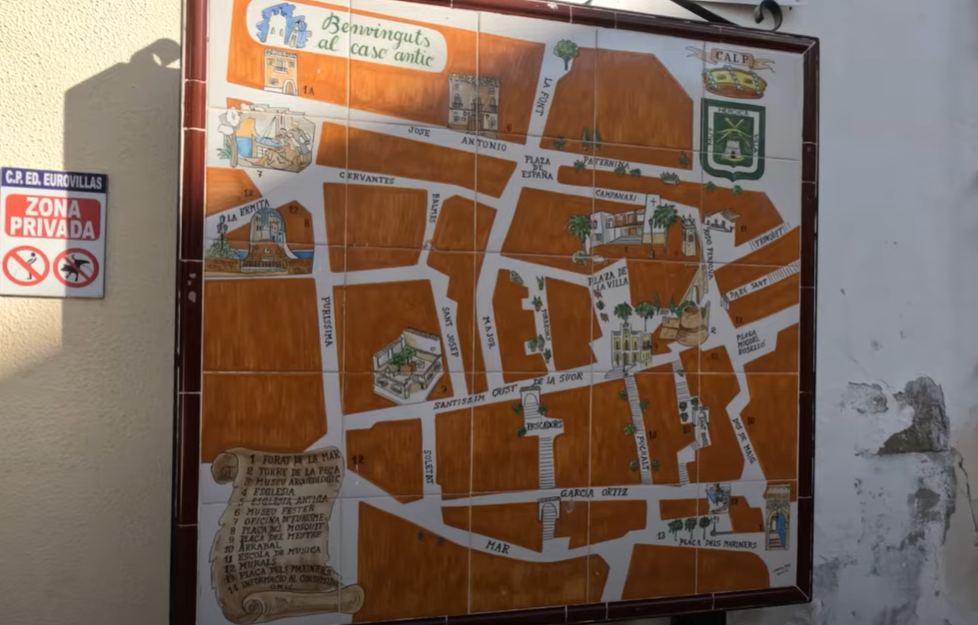
Final Thoughts
If you’re seeking an experience that’s more than just sun and sand, Calpe Old Town Spain is your answer. This beautifully preserved pocket of history offers a peaceful yet vibrant alternative to the more tourist-heavy parts of the Costa Blanca. Whether you’re exploring its ancient churches, wandering its decorated streets, or sipping a glass of wine on a quiet terrace, you’ll find yourself enchanted by Calpe’s authenticity.
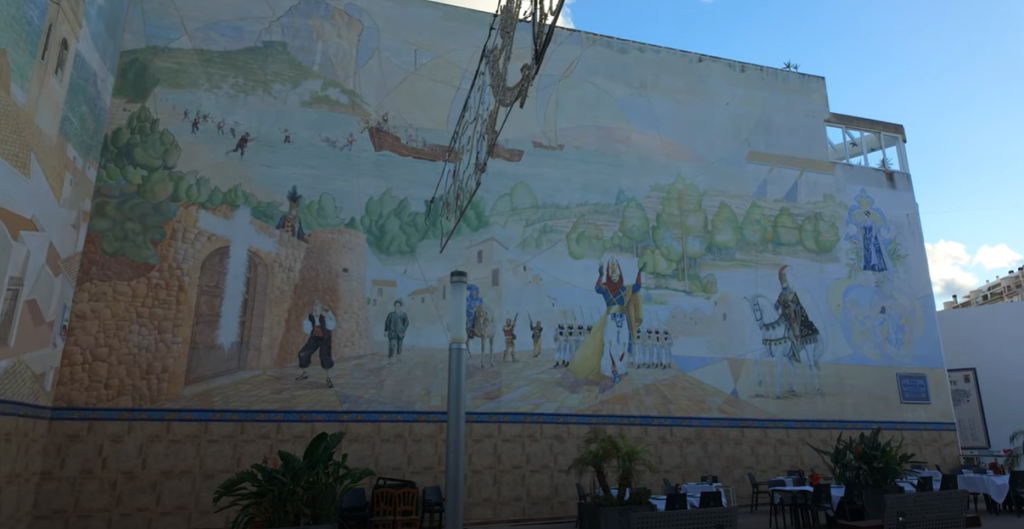
More than just a day trip, Calpe’s Old Town is a destination in its own right—rich in culture, friendly in spirit, and full of the kind of Mediterranean magic that lingers long after your visit ends.
As with most of these villages, we prefer to visit out of the main tourist season, so April and May, or the end of September into October. The weather is cooler and the crowds are fewer.
